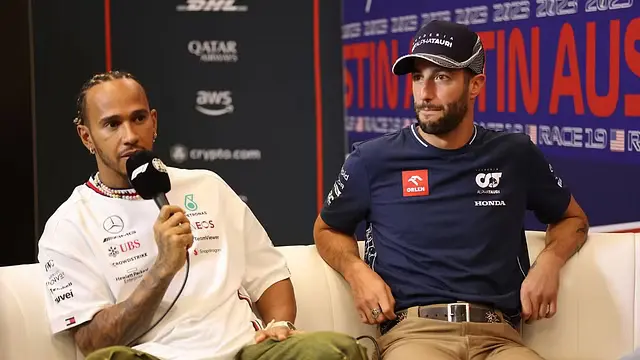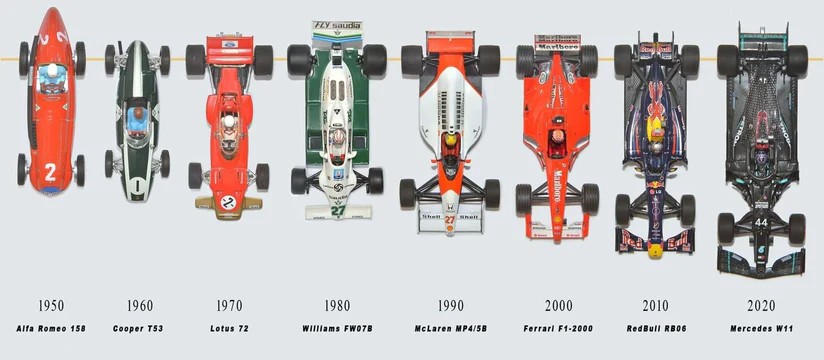Where Passion Meets the Pavement: Setting the Scene
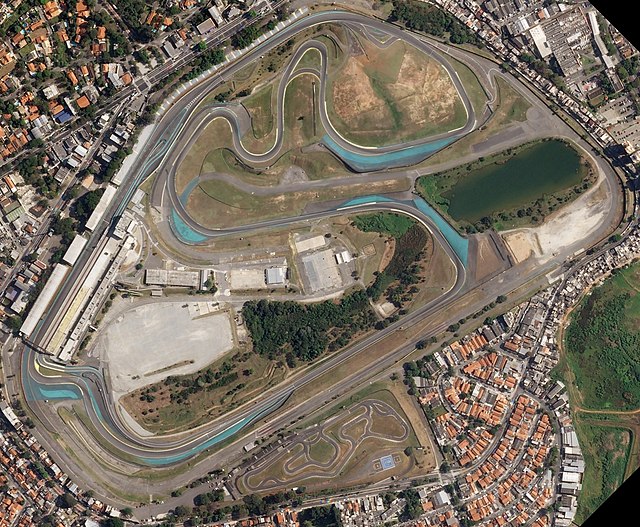
The Autódromo José Carlos Pace, universally known by its original name, Interlagos, stands as one of Formula 1’s most enduring, visceral, and emotionally charged circuits. Nestled within the vast, sprawling metropolitan area of São Paulo, this track is not merely a venue for a motor race; it is a crucible where national pride meets global competition, and where the fates of World Championships are often decided in the final, breathtaking corners.
The atmosphere at Interlagos is singular. The compact, amphitheater-like layout ensures fans are exceptionally close to the action, generating a relentless, deafening roar that defines the São Paulo Grand Prix experience. It is a circuit defined by its unique physical traits—the challenging anti-clockwise rotation, the dramatic, punishing elevation changes, and its historic placement as a traditional season finale or title decider. These factors combine to cement Interlagos’ legacy as a venue of unpredictable chaos, raw talent, and unparalleled high-stakes drama, directly connecting the current generation of racing stars to the Brazilian legends it helped create: Emerson Fittipaldi, José Carlos Pace, and Ayrton Senna.
From Dust to Glory: The 1940s Origins of Interlagos
Between Two Lakes: The Conception of the Circuit
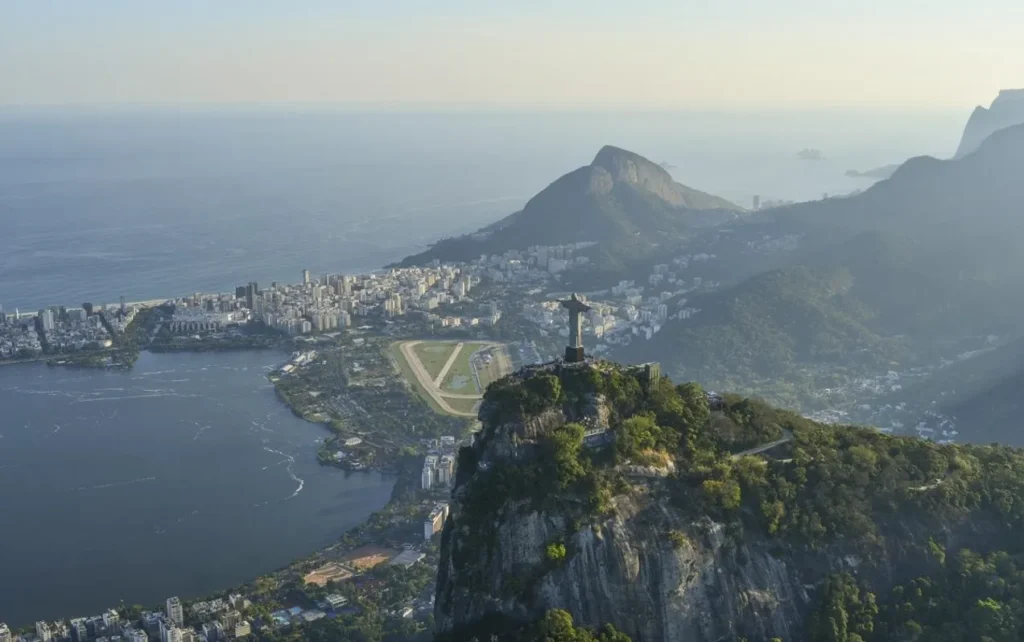
The very name “Interlagos” is a direct descriptor of the circuit’s unique geographic placement, literally translating from Portuguese to “between lakes.” This reflects its location between two massive artificial reservoirs, Guarapiranga and Billings, which were engineered in the early 20th century to supply São Paulo’s growing population with essential water and electric power. The name itself was suggested by the French architect Alfred Agache, drawing inspiration from the Interlaken region in Switzerland.
The foundation of the circuit’s construction was rooted in urban planning that went awry. Land for the facility was first purchased by property developers in 1926 with the intention of building residential housing. However, the global economic upheaval following the 1929 stock market crash led to financial difficulties, prompting developers to pivot their plans toward building a world-class racing circuit instead. Construction commenced in 1938, culminating in the official inauguration of the track on May 12, 1940. In its design, the circuit drew heavily upon contemporary iconic global speedways, borrowing elements from American tracks like the Indianapolis Motor Speedway and Roosevelt Raceway, as well as European counterparts such as Brooklands in England and Montlhéry in France.
The Magnificent, Monolithic Original Layout (1940–1979)

The original Interlagos circuit was a colossal facility, measuring 7.960 km (4.946 mi) and encompassing 26 demanding turns. This vast, anti-clockwise configuration was described by contemporaries as a magnificent challenge, with a first corner sequence noted as “testing as any in Grand Prix racing”. The layout was tortuous, winding back upon itself within a natural geographical bowl nestled amongst the São Paulo suburbs. Over its extended lap distance, this configuration demanded exceptional concentration, physical endurance, and mechanical sympathy from the drivers, setting an immediate and high standard for motorsport competition in Brazil.
The Fittipaldi Era: Cementing Brazil’s Place in F1
The Rise of the Local Hero (1972–1975)
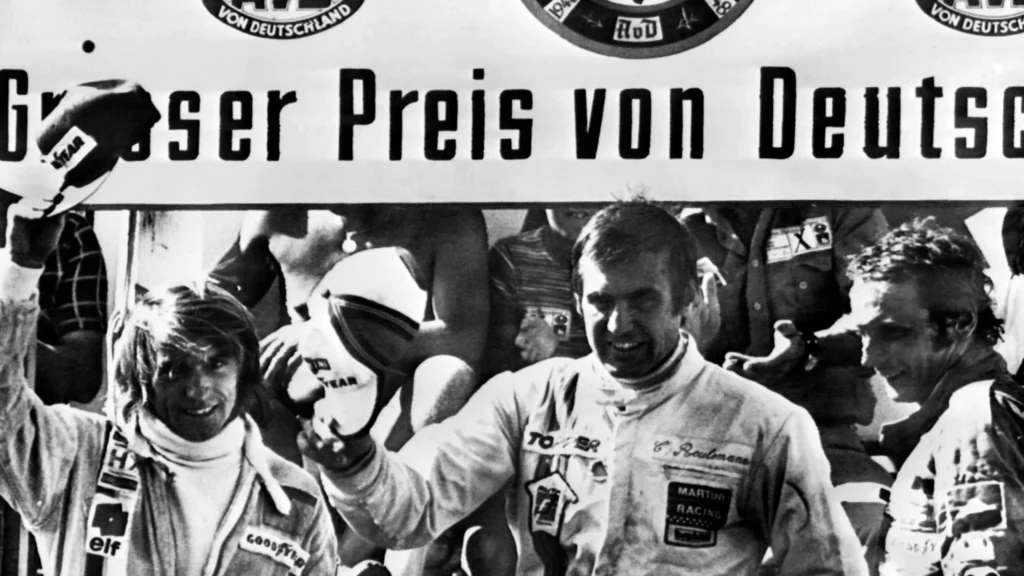
Interlagos first hosted Formula 1 events in the early 1970s. The debut F1 race at the circuit took place in 1972, initially as a non-championship event, which was won by the Argentine driver Carlos Reutemann. Following this success, the venue was officially added to the prestigious World Championship calendar in 1973.
The first World Championship Brazilian Grand Prix in 1973 immediately established a powerful connection between the sport and the passionate Brazilian audience. Defending Formula One World Champion and São Paulo native, Emerson Fittipaldi, claimed a monumental victory in front of his enthusiastic home supporters, a feat he impressively repeated in 1974. These early triumphs, delivered by a local star on the world stage, instantly cemented Brazil’s status as a major nation in Formula 1 history. This period also saw another Brazilian talent, José Carlos “Moco” Pace, achieve his single Grand Prix victory at Interlagos in 1975. Pace’s tragic death in a 1977 plane crash led to the circuit being formally renamed in his honor in 1985, cementing his place in the track’s ongoing story.
Safety Concerns and the Race Hiatus (1980s)
By the end of the 1970s, the magnificent but sprawling original layout faced increasing scrutiny regarding safety. Formula 1 cars were becoming exponentially faster and more technologically complex, making the vast, unimproved circuit dangerously obsolete. The original 7.960 km track suffered from an “appallingly bumpy” surface and lacked modern safety standards, featuring inadequate barriers and deep ditches and embankments perilously close to the racing line.
Widespread protests from drivers concerned about the conditions resulted in the final race on the original layout taking place in 1980. Subsequently, the Brazilian Grand Prix migrated away from São Paulo for the entirety of the 1980s, finding a temporary home at the safer Jacarepaguá circuit in Rio de Janeiro.
The Great Transformation: Safety, Speed, and the Senna S
Autódromo José Carlos Pace: Honoring an Icon
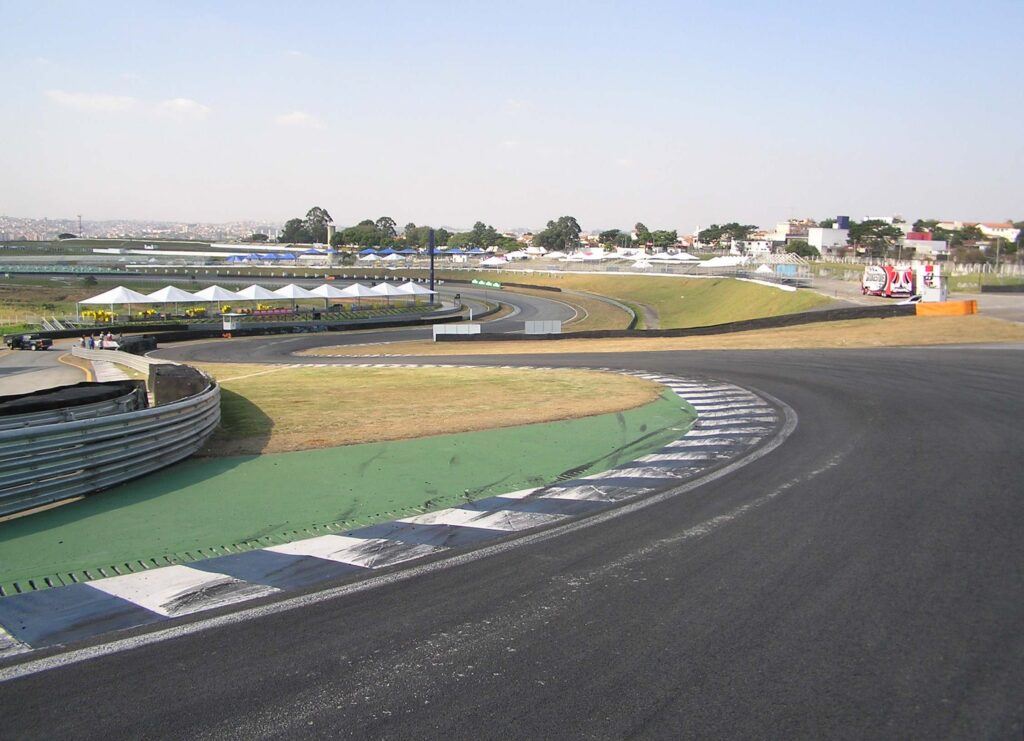
Although the major physical renovation of the circuit occurred at the close of the 1980s, the venue had already received its lasting moniker. The circuit was officially renamed Autódromo José Carlos Pace in 1985, five years before the construction began, in permanent tribute to the late Brazilian champion.
Formula 1’s return to São Paulo in 1990 was contingent upon a comprehensive, multi-million dollar modernization. The local government invested $15 million to revamp the facility to meet contemporary FIA safety standards, successfully bringing the Grand Prix back to its spiritual home. This adaptation required drastic modification; the track was significantly shortened from its vast original distance of 4.946 miles (7.960 km) down to a highly concentrated 2.687 miles (4.325 km), cutting out the sweeping, dangerous back section of the old layout.
The Birth of the Senna S and the Modern Layout
The centerpiece of the 1990 renovation was the addition of the now-iconic downhill ‘Senna S’ (S do Senna), which replaced the original, high-speed first corner. This sequence involves a critical, heavy braking zone followed by a rapid left-right transition that plunges downhill, immediately establishing itself as one of the calendar’s greatest tests of bravery and precision, while offering superb overtaking opportunities.
The resulting configuration, featuring 15 turns and a slightly adjusted length of 4.309 km (2.677 mil) in its most recent iteration, has maintained remarkable consistency since 1990. Aside from a minor pit exit extension along the Curva do Sol, the core challenge and character of the modernized circuit have been preserved, successfully blending speed, technical complexity, and safety.
Mastering the Maze: Technical Blueprint of the Interlagos Circuit
Interlagos is widely acknowledged as one of the most unique and technically demanding circuits on the Formula 1 calendar. Its layout presents a genuine puzzle for engineers and simultaneously tests the physical and mental limits of the drivers.
Anti-Clockwise, Elevation, and Altitude: The Triple Threat
The technical specifications of the current track reveal why Interlagos poses such a challenge:
Characteristic | Value/Metric | Engineering/Driver Significance |
Current Track Length | 4.309 km (2.677 mi) | Short, intense lap promotes tight grouping and high overtaking frequency. |
Direction | Anti-Clockwise (15 Turns) | Unique layout increases physical strain on neck and core muscles. |
Altitude | 700 meters (2,300 ft) | Causes up to 8% engine power loss; major impact on fuel consumption and cooling. |
Max Elevation Change | ~40 meters | Dramatic climb in Sector 3 (Subida dos Boxes) increases engine and physical stress. |
Full Throttle Percentage | 62% (1,200 m stretch) | Requires low-drag setups despite the aerodynamic loss from altitude. |
The most distinctive technical feature is its altitude. At approximately 700 meters (2,300 feet) above sea level, Interlagos is the highest circuit on the F1 calendar. The reduction in air density at this height has profound consequences. Engines lose a measurable amount of power, estimated to be up to 8% compared to operation at sea level. Crucially, the air’s thinness also dramatically reduces the aerodynamic downforce generated by the car’s wings.
This altitude effect forces teams into a challenging engineering compromise: they must run relatively high wing settings simply to achieve an equivalent medium level of effective downforce, compensating for the thin air. This situation creates what can be described as the ‘High-Altitude Instability Trap.’ Since the cars are operating with less actual downforce than their setup suggests, they are highly susceptible to instability in the slow, tight Sector 2. Managing this instability, particularly avoiding sliding when exiting corners, requires superior mechanical grip and excellent engine flexibility. This engineering compromise is the technical foundation for the track’s reputation for thrilling, knife-edge driving and unpredictable chaos.
The physical layout adds to this complexity, featuring a significant elevation differential of nearly 40 meters. This change is most acute in the final sector, where the track climbs steeply from Turn 12 (Juncão) back toward the main straight and the Arquibancada, constantly pushing engines and drivers to their limits.
Corner Analysis: From the Senna S to the Arquibancada
The 4.309 km lap is classically divided into three distinct challenges:
Sector 1 (High Speed/Overtaking): The lap begins with the demanding entry into the Senna S (Turns 1 and 2), which flows into the long left-hander of the Curva do Sol. This sequence is a primary overtaking zone, requiring high transient stability under heavy braking and flawless traction out of the corners. The DRS detection zone is strategically placed just before the Senna S, allowing activation on the ensuing straight, maximizing the passing opportunity.
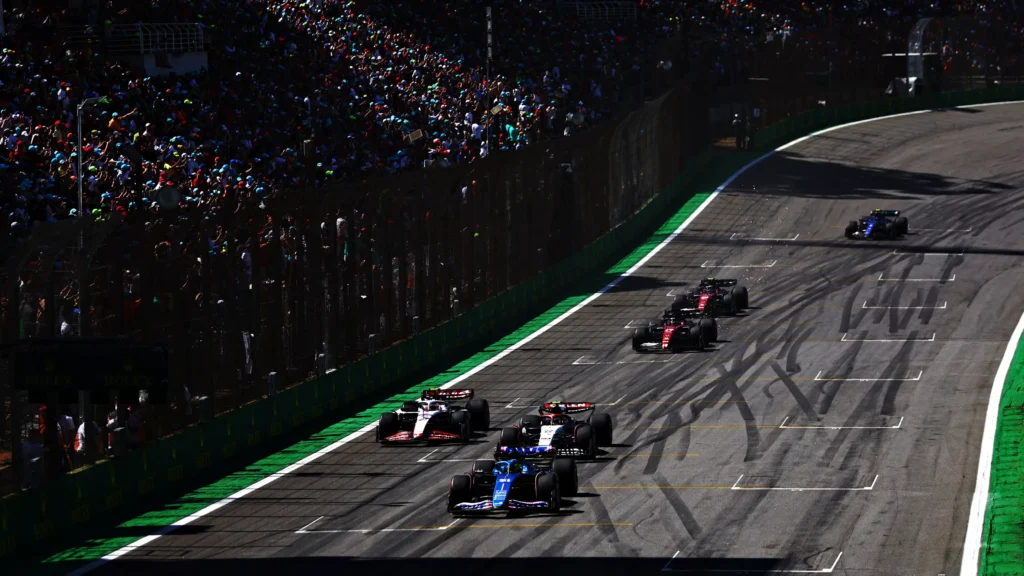
Sector 2 (Twisty/Stability Test): The middle sector comprises the inner loop—a slower, twisting section featuring corners such as Descida do Lago, Ferradura, Pinheirinho, and Bico de Pato (Turns 8, 9, and 10). This segment tests the mechanical grip of the car, demanding precision and a highly flexible engine map to manage the sliding under acceleration. Teams must carefully balance the need for downforce in this twisting section against the requirement for minimal drag on the two long straights that bookend the lap.
Sector 3 (The Climb): This final sector is crucial for lap time, characterized by the run-up the hill, incorporating the high-speed Juncão and the final, sustained climb, the Subida dos Boxes. This 1,200 meter stretch sees drivers hold the throttle open for approximately 15.9 seconds, making up 62% of the lap at full power. The intense 40 meter uphill gradient requires absolute engine robustness and optimum gear ratios to maintain speed until the very moment the car crosses the finish line.
A Driver’s Favorite: Bumps, Rhythm, and Raw
Why Interlagos Demands Respect
Interlagos holds a special place in the hearts of racing drivers, frequently cited as one of the most enjoyable circuits to master. The combination of high-speed sections and stability-testing corners creates an addictive, challenging flow. As noted by Lucas di Grassi, the track is celebrated for having “a bit of everything, lots of elevation changes, and a good rhythm”.
Despite resurfacing efforts, including a full 4.309 km renewal mentioned by Pirelli, Interlagos retains its characteristically abrasive and often bumpy surface. From a pneumatic perspective, the track surface is hard, but because the corners are not as sustained or high-speed as those at tracks like Suzuka, the overall intensity of the lateral and longitudinal forces exerted on the tires remains moderate. This allows teams a wider strategic latitude, often prompting Pirelli to select softer compound trios to encourage varied race strategies and further enhance race excitement.
The Anti-Clockwise Endurance Test
Beyond the technical setup demands, Interlagos places a unique physical toll on the competitors. The circuit runs in an anti-clockwise direction, a rarity on the Formula 1 calendar. F1 drivers spend their careers training their neck and core muscles primarily for the sustained G-forces generated by clockwise tracks. The reversal of this rotation at Interlagos places a novel and intense strain on the opposite side of the neck and body.
This phenomenon is further amplified by the high-speed nature of the final sector—the agonizingly long, high-G uphill climb of the Subida dos Boxes. This combination of anti-clockwise rotation and sustained, maximal G-force acceleration up the 40 meter gradient creates a severe, unique physical endurance test. This direct link between the track’s physical geometry and driver exhaustion explains the famous emotional extremes witnessed at the circuit, providing the technical context for iconic moments of physical collapse after the checkered flag.
The Stages of History: Championship Deciders and Iconic Victories
nterlagos has always served as Formula 1’s home of drama, having historically hosted title-deciding races that are etched forever in the sport’s history.
Senna’s Redemption: The 1991 One-Gear Victory
No moment better captures the raw physical and emotional struggle of the circuit than Ayrton Senna’s 1991 victory. Despite his global success, Senna had never won his home Grand Prix. When he finally achieved victory, it came under the most arduous circumstances: in the final laps, his McLaren suffered catastrophic gearbox failure, leaving him stranded in only sixth gear.

Wrestling a technologically advanced car through the complex, tight sections of the inner loop and managing the grueling uphill climb in Sector 3—all while manually holding the shifter to keep the car from dropping out of gear—required superhuman effort. The physical strain, exacerbated by the low-oxygen 700 m altitude, was overwhelming. Upon crossing the finish line, an exhausted Senna could barely move and had to be assisted from the cockpit. It was a triumph achieved not just over his rivals, but over the mechanical limits of his machine and the physical limits of his own body, illustrating the emotional depth this circuit demands.
Championship Heartbreak and Triumph: 2008 and Beyond
While the circuit celebrated its early heroes, it has also dealt bitter disappointment. Rubens Barrichello, a native of São Paulo who grew up nearby, remains one of the greatest Brazilian drivers never to have won his home race.
Interlagos’ role as a recurring title-decider reached its peak drama during the 2008 season finale, the Hamilton/Massa showdown. Local favorite Felipe Massa crossed the finish line believing he had won the World Championship, only for news to filter through that Lewis Hamilton had sensationally passed Timo Glock in the final corners amidst unpredictable, changing weather. Hamilton clinched the title by a single point on the very last lap, delivering ecstasy for the British driver and a devastating, gut-wrenching heartbreak for Massa and the fervent Brazilian crowd.
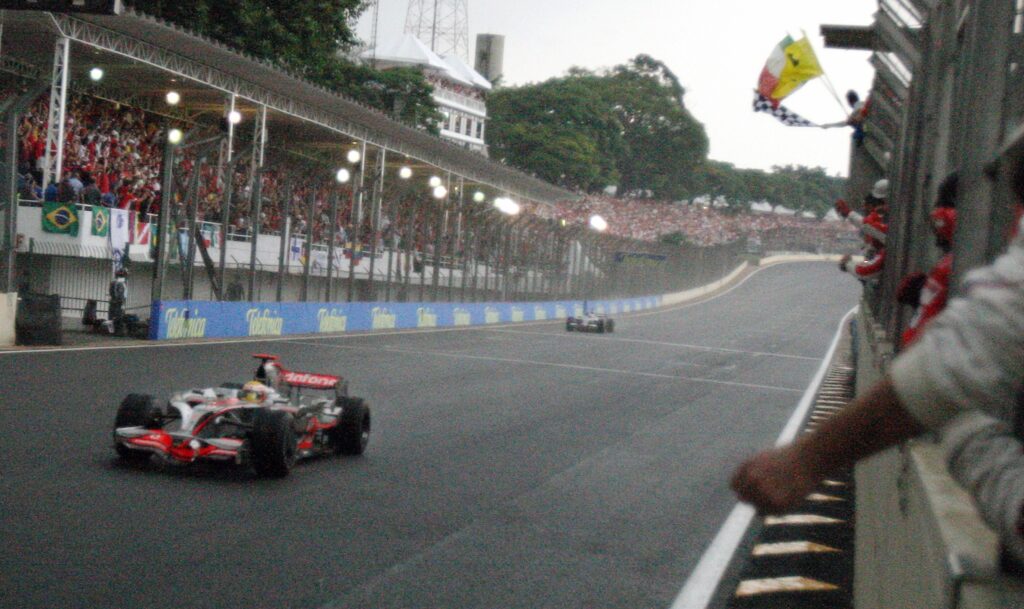
This capacity for extreme drama has led to Interlagos becoming a traditional coronation site. In addition to Hamilton’s late success, drivers such as Fernando Alonso (2005, 2006), Kimi Räikkönen (2007), Jenson Button (2009), and Sebastian Vettel (2012) have all secured their Formula 1 World Championships on the São Paulo pavement. In the recent hybrid era, the circuit has continued its legacy, serving as a powerful platform for modern dominance, particularly Max Verstappen, who secured the victory in the 2024 São Paulo Grand Prix.
By the Numbers: Key Records and Trivia
The rich history and unique technical characteristics of Autódromo José Carlos Pace are summarized by a number of key statistics:
Key Historic Milestones of Interlagos
Year | Event | Significance |
1940 (May 12) | Inauguration | Opening of the original 7.960 km circuit. |
1973 | First World Championship GP | Won by local hero Emerson Fittipaldi. |
1975 | Pace Victory | José Carlos Pace’s only GP win at his home track. |
1985 | Renaming | Circuit officially named Autódromo José Carlos Pace. |
1990 | Major Renovation | Introduction of the shortened 4.3 km layout and the Senna S. |
2030 | Current Contract End | F1 secured in São Paulo until at least this year. |
Fastest Laps and Unique Performance Metrics
The intensity of the short, high-speed layout is evident in the performance metrics extracted from data analysis:
Drivers experience peak lateral and longitudinal forces of up to 5 G during a lap. The most sustained high-speed section is the 1,200 meter long full-throttle run up the final hill to the start/finish line, which takes approximately 15.9 seconds to complete. Overall, drivers spend approximately 62% of the lap distance at full throttle, despite the need for medium downforce in the middle sector. This statistic underscores the necessary compromise between drag efficiency for the long straights and mechanical grip for the tight infield.
Securing the Future: Modernization and the São Paulo Grand Prix
From Brazil to São Paulo: The Contract Extension
The long-term security of the race at Interlagos has recently been assured through significant contractual commitments. Following a five-year deal signed in 2020 that secured the race through 2025, a further five-year contract extension was executed in late 2023. This critical extension guarantees that Formula 1 will continue to race at the Autódromo José Carlos Pace until at least 2030.
Furthermore, the event underwent an official name change, shifting from the traditional Brazilian Grand Prix to the São Paulo Grand Prix. This strategic change directly reflects the substantial financial investment and commitment provided by the local São Paulo administration, under Mayor Nunes, ensuring the long-term viability of the event.
Modern Upgrades and Sustainability Initiatives
Part of the ongoing commitment to the circuit involves continuous investment aimed at upgrading Interlagos into a versatile, multi-purpose venue. The current administration has focused efforts on modernization to allow the facility to host broader entertainment events, such as large-scale music concerts. This diversification strategy is highly important. To justify the necessary local government spending required to maintain the circuit’s stringent FIA Grade 1 licensing, the facility must demonstrate year-round economic utility beyond the single Formula 1 weekend, a crucial factor in securing its long-term financial stability against newer, purpose-built international circuits.
Beyond facility upgrades, the promoters, MC Brazil Motorsport (backed by Mubadala), have placed an increased focus on Environmental, Social, and Governance (ESG) initiatives. A significant program saw over 100 women from vulnerable backgrounds receive professional upskilling and graduate as qualified mechanics in a special ceremony held at the circuit. This initiative represents Formula 1’s evolving commitment to social impact, ensuring that the Grand Prix not only generates economic revenue for the city but also provides demonstrable community benefits and opportunities, thereby solidifying political support for the event.
More Than a Racetrack: The Enduring Legacy of Interlagos
The Cultural Icon and Emotional Anchor
Interlagos represents far more than just 4.309 kilometers of tarmac; it is an emotional and cultural crucible. The circuit’s architecture—the tight proximity of the fans, the natural amphitheater design, and the palpable sense of Brazilian national identity—creates an environment where human drama is magnified. It is a place where the fate of the World Championship hinges on a perfect maneuver, often under the added pressure of unpredictable rain and the weight of history.
The circuit’s unique combination of high altitude, anti-clockwise rotation, and severe elevation changes ensures that it remains one of the most demanding tests of driver stamina and car reliability remaining on the calendar. This challenging environment is one reason why moments of supreme triumph, such as Senna’s one-gear victory, and profound heartbreak, such as Massa’s 2008 near-miss, resonate so deeply. The track does not simply reward the fastest car; it rewards the most resilient combination of man and machine.
The journey of the Autódromo José Carlos Pace, from a massive, dangerous 1940s track to its streamlined, safety-compliant modern configuration, mirrors the evolution of Formula 1 itself. Yet, through all the changes, the raw, demanding soul of Interlagos remains perfectly intact. The deafening roar of the torcida, the thrilling plunge into the Senna S, and the grueling, high-speed ascent to the finish line continue to define this track as the beating, unforgettable heart of Brazilian motorsport. It is a venue where legends are truly made, and where, sometimes, even the greatest champions are emotionally and physically brought to their knees.

